How to Make Birch Syrup
•Posted on March 11 2021

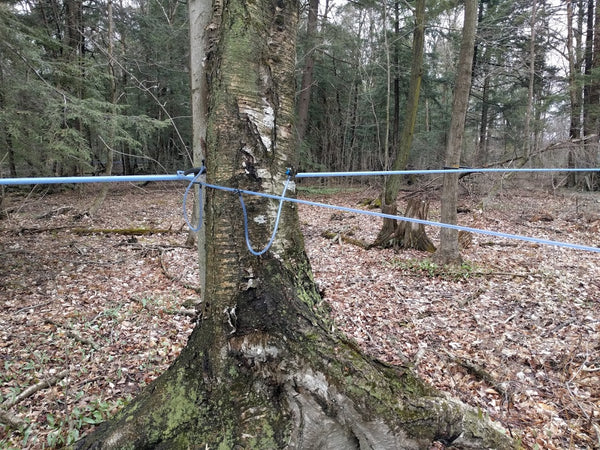
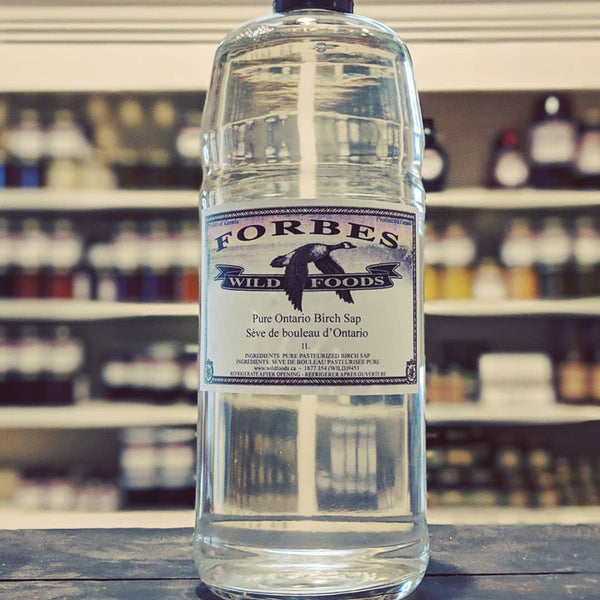
Birch sap is a wonderful wild food that has long been uses as a healthy drink in northern Europe, and in making anything from wine and spirits to birch syrup. The sap is very slightly sweet, crisp and clean tasting and comes flowing from the trees around when maple is finishing up.
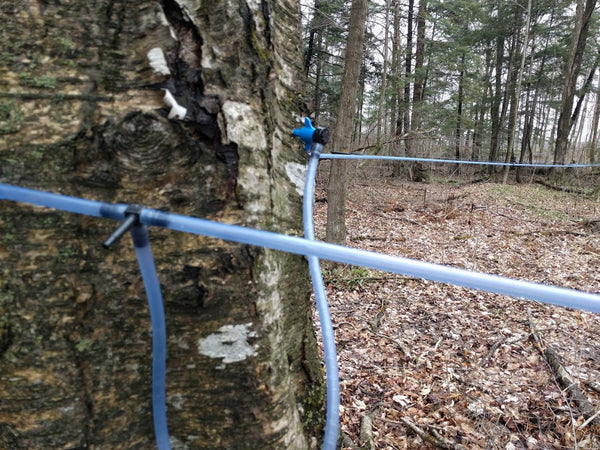
Tapping a birch tree is much like tapping a maple tree though the process of using the sap is much more difficult, from timing to temperature, working with birch means taking special care at nearly every step in the process. Well made birch syrup has a rich deep flavour with a little sweetness, poorly made syrup often tastes burnt, metallic and/or sour. The process is finicky and can make many people want to give up, however for people interested in attempting this rare and concentrated tree syrup, the pay off is incredible as birch syrup can be used with a plethora of dishes and is incredibly versatile working with a list of sweet and savoury applications. 
To start you really want to make sure you are using sterile clean equipment. This means every year you should sanitize your drill end, spigot and collecting tubes or buckets. Any sap collected should be processed within 12 hours of being collected, birch sap left for days will turn and start to develop sour notes and an undesirable cloudiness.
Drill your hole at chest height, Ideal tree will be over 20" wide, do not use a knife or dirty objects to puncture tree. The heat of the drill on the wood helps prevent infections by creating an inhospitable environment for bacteria. Once you have a suitable hole tap in a plastic spigot. Note that metal spigots often used in maple collection can impart a flavour in the sap that will be present in the syrup as well.
Birch trees will begin to flow when the weather starts going above 0ºC in the day and really gets going around the same time as when maple starts budding. You can tap birch trees until they start to bud, when the trees start developing the new growth the sap will turn bitter.
Making syrup takes anywhere from of 80-150 liters of sap to make one liter of syrup, boiling it down has to be at a much lower temperature (like maple syrup the quality of the syrup really benefits from the use of reverse osmosis and vacuum boiling to lower the boiling temperature) This will remove lots of pure water from the sap and cut down on boiling and fuel costs significantly. Often homemade birch syrup will have lots of strong off flavours from scalded sugars that can seem sour and bitter. Maintaining as low a simmer as possible means less burnt sugars, resulting in a sweeter and more pleasing to taste syrup. 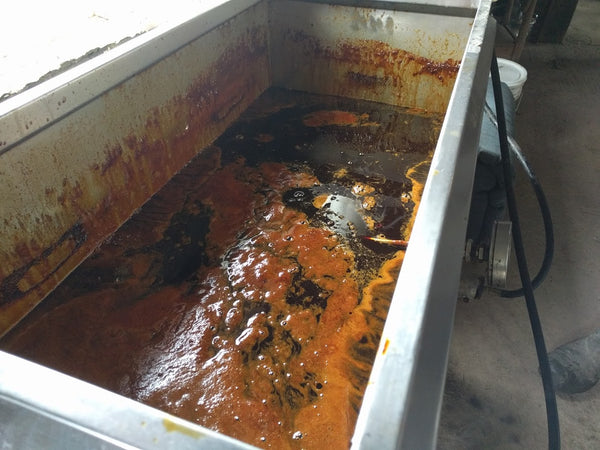
When cleaning up your trees at the end of the season there is often the question, do I plug my tap holes or not. While a common habit, plugging your tap hole is not advised. Some sources will suggest pushing bark, cork, or wood back in the to slit/hole or using a twig to stop the flow of sap. All of these options can push bacteria, fungus and germs into the tree and past its natural defenses. The best option is to leave the tree be. The hole will continue to drip sap and dry out. Trees have existed for thousands of years resisting woodpeckers, bears, moose, wind and ice, they never developed tourniquets as a defense to damage, sort of silly to think they would need it now.
Interested in buying some birch syrup, check out our product page
More Posts
-
Candy Cap Crème Brulee
Warm and nostalgic while being exciting and new Candy Crème Brulee will titlate and surprise.
Read More -
How to Make Birch S...
Tapping into the sweets of the boreal forest! The process is finicky and can make many people want to give up, however for people interested in att...
Read More -
Balsam Gimlet
Balsam is fragrant with ripe citrus and resinous flavours that evoke the nostalgia of a forest walk or a holiday tree and is the perfect accompanim...
Read More
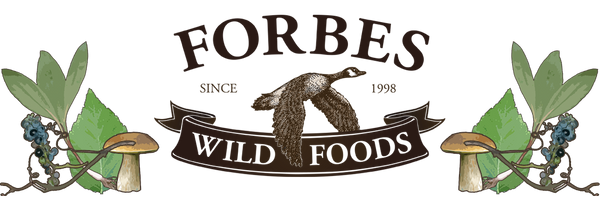


Comments
1 Comments
-

Posted by Bob | August 04, 2022
Leave a CommentThank you for a wonderful article. We have lots of birch trees and are doing our first batch right now. Keep your fingers crossed.